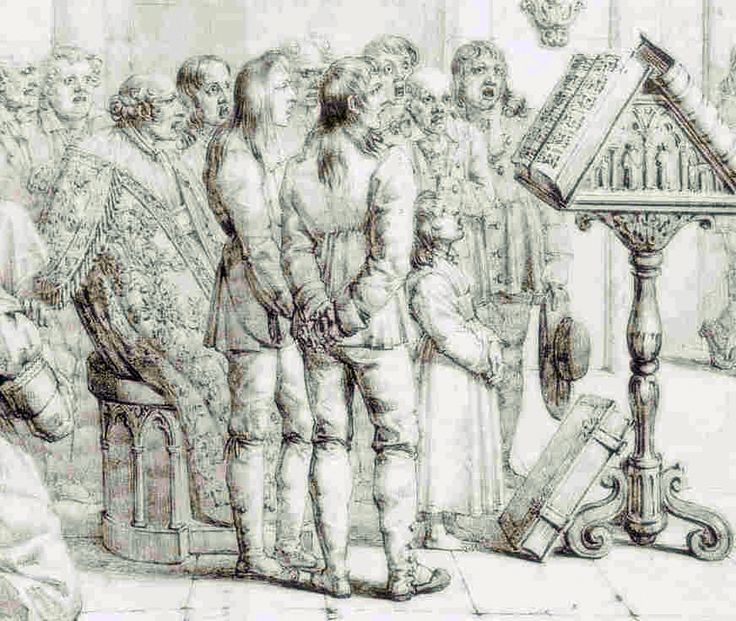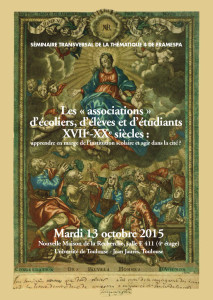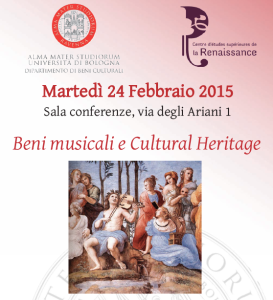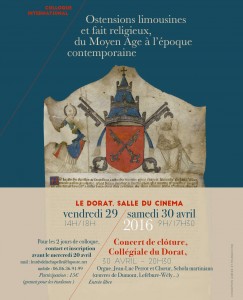A Sideways Anthropology:Ritual Singing in the late 18th-century France
Intervention de X. Bisaro dans le cadre du Jahrestagung der Gesellschaft für Musikforschung (Kassel, 27-29 septembre 2017) |
|
Abstract
Because of a persistent focus on notated sources, French historical musicologists durably considered that “learned music” was their proper object while “popular music” was a matter for folklorists or ethnographers specialized in distant cultures. Therefore, it is outside the discipline of musicology that lay singers started to attract anthropologists and liturgy historians during the 1970s. Among them, J. Cheyronnaud and J.-Y Hameline decisively showed that liturgical activity provided the basis for a musical habitus widely shared from the late Ancien Régime until the mid-20th century, and especially within French village communities. Through their works, plainchant, psalmody and canticles became part of a differentiated and innovative definition of “popular music”.
This presentation will revisit the background of this line of research combining historical methodology with ethnographical sensibility. Then, some recent results about chant singing in late 18th-century France will be evocated, with an emphasis on the epistemological conditions in which they are rooted.
Slides




